AI Negative Promt Cheat Sheet: 50+ Keywords to Improve Your Images
Generating the perfect image with AI art tools like Midjourney, Stable Diffusion, and DALL-E 2 often requires more than just telling the AI what you want. Negative prompts are your secret weapon – they tell the AI what you don't want in your image. A strong negative prompt can be the difference between a masterpiece and a mess. This cheat sheet provides a categorized list of keywords to expand your negative promt vocabulary and give you finer control over your AI image generation.
Negative Prompt List:
This list breaks things down for you to help quickly find the right terms for your needs. Remember to experiment and combine keywords for the best results!
| Negative Keyword | Explanation | |
|---|---|---|
| blurry | Image lacks sharp focus, details are indistinct. | |
| grainy | Image has visible texture resembling film grain or noise. | |
| pixelated | Individual pixels are visible, indicating low resolution or upscaling. | |
| lowres | Low resolution, image lacks detail and sharpness. | |
| low quality | General term for poor image quality. | |
| distorted | Image is warped or misshapen, unnatural perspective. | |
| noisy | Image contains random variations in color or brightness, obscuring details. | |
| artifacting | Undesirable patterns or distortions introduced by image compression or processing. | |
| oversharpened | Image appears artificially sharp, often with visible halos or ringing effects around edges. | |
| poorly drawn | Lines are uneven, shaky, or lack skill in execution. | |
| worst quality | Extremely poor image quality, often unusable. | |
| normal quality | Average or standard image quality, often not desirable for high-end results. | |
| jpeg artifacts | Visible compression artifacts common in JPEG images, blockiness or color banding. | |
| error | General term indicating a mistake or flaw in the image. | |
| bad anatomy | Incorrect or unrealistic depiction of anatomical structures. | |
| duplicate | Unintended repetition of elements within the image. | |
| extra limbs | Character or subject has more limbs than anatomically correct. | |
| missing limbs | Character or subject is missing limbs that should be present. | |
| deformed | Body parts are misshapen or twisted in an unnatural way. | |
| mutated | Body parts are drastically altered or changed from their typical form. | |
| extra fingers | Character has more fingers than anatomically correct. | |
| extra legs | Character has more legs than anatomically correct. | |
| malformed | Body parts are incorrectly shaped or formed. | |
| fused | Body parts are merged together unnaturally. | |
| cropped head | The head of the subject is cut off or partially missing from the image frame. | |
| cropped body | The body of the subject is cut off or partially missing from the image frame. | |
| bad hands | Hands are poorly drawn, disfigured, or anatomically incorrect. | |
| out of frame | Subject or important elements are positioned outside the visible area of the image. | |
| long neck | Neck is disproportionately elongated and unnatural. | |
| missing arms | Character is missing arms that should be present. | |
| missing legs | Character is missing legs that should be present. | |
| extra arms | Character has more arms than anatomically correct. | |
| poorly drawn hands | Hands are drawn with a lack of skill, appearing awkward or deformed. | |
| poorly drawn feet | Feet are drawn with a lack of skill, appearing awkward or deformed. | |
| poorly drawn face | Facial features are drawn with a lack of skill, appearing awkward or unattractive. | |
| cartoon | Image resembles a cartoon style, often simple and exaggerated. | |
| 3d render | Image appears computer-generated with a three-dimensional look. | |
| anime | Image is in the style of Japanese animation, characterized by specific visual conventions. | |
| realistic | Using this keyword as a negative prompt to avoid a realistic appearance. | |
| photorealistic | Using this keyword as a negative prompt to avoid a highly realistic, photographic appearance. | |
| painting | Using this keyword as a negative prompt to avoid a painterly style, or to enforce a photographic style. | |
| drawing | Image appears to be hand-drawn, often with visible lines and hatching. | |
| sketch | Image is a rough, unfinished drawing, often lacking detail and shading. | |
| illustration | Image is created as an illustration, often stylized and designed for a specific purpose. | |
| monochrome | Image is in a single color or shades of a single color. | |
| grayscale | Image is composed of shades of gray, lacking color. | |
| surreal | Image has a dreamlike, illogical, or bizarre quality, often defying reality. | |
| abstract | Image does not depict recognizable objects or scenes, focusing on form, color, and composition. | |
| text | Unwanted or nonsensical text appearing in the image. | |
| watermark | A semi-transparent logo or text overlay, often indicating copyright or source. | |
| signature | Artist's signature present in the image, if unintended. | |
| logo | Unwanted brand logos or symbols appearing in the image. | |
| writing | Unwanted handwritten or calligraphic text in the image. | |
| symbols | Unwanted symbols or icons appearing in the image. | |
| frame | Unintended border or frame around the image. | |
| border | Unintended solid edge or boundary around the image. | |
| username | A social media or online username appearing in the image, if unintended. | |
| words | Unwanted or nonsensical words appearing in the image. | |
| ugly | Subjectively unattractive or displeasing in appearance. | |
| disgusting | Image evokes strong revulsion or disgust. | |
| creepy | Image is unsettling, disturbing, or causes a feeling of unease. | |
| disturbing | Image is upsetting or causes emotional distress. | |
| messy | Image lacks organization, appears cluttered and disorganized. | |
| cluttered | Image is overly filled with objects or details, lacking focus. | |
| boring | Image lacks interest or excitement, visually unengaging. | |
| uninspired | Image lacks originality or creativity, appearing generic. | |
| poorly made | General term for low quality and lack of skill in execution. |
Platform Notes:
Keep in mind that the exact syntax for negative prompts may vary slightly between different AI image generation platforms. For example, some platforms might use commas to separate keywords, while others might require parentheses or specific weighting systems. Always check the documentation for the specific tool you are using. Experimentation is key!
Bookmark if helpful to you
Mastering negative prompts is crucial for getting the most out of AI image generation. This cheat sheet provides a starting point for building your vocabulary and refining your creative control. Bookmark this resource and keep experimenting to unlock the full potential of AI art!

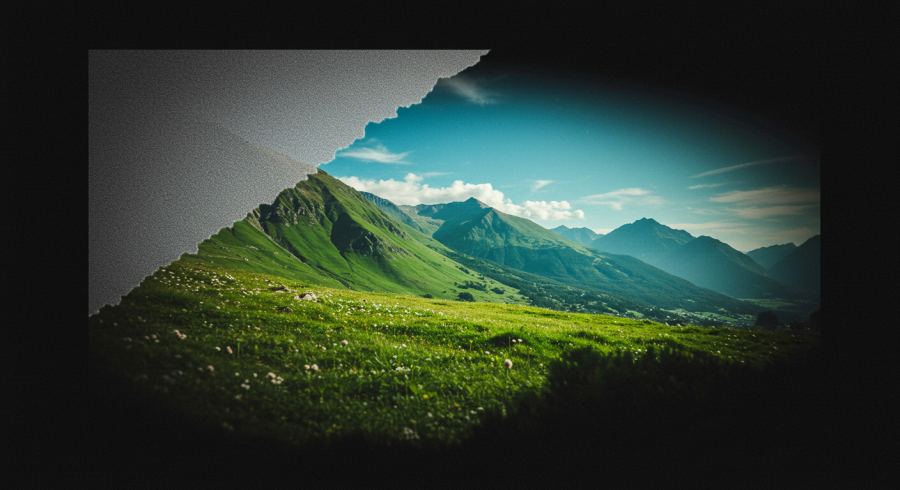
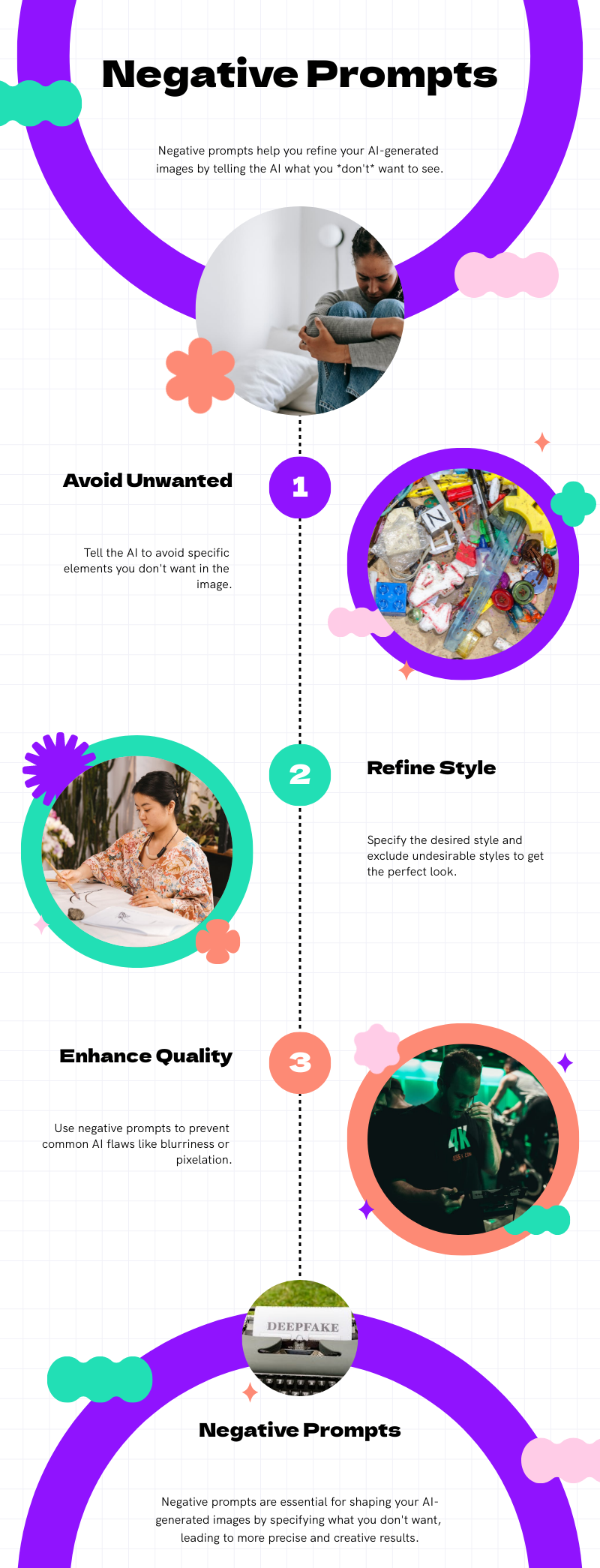
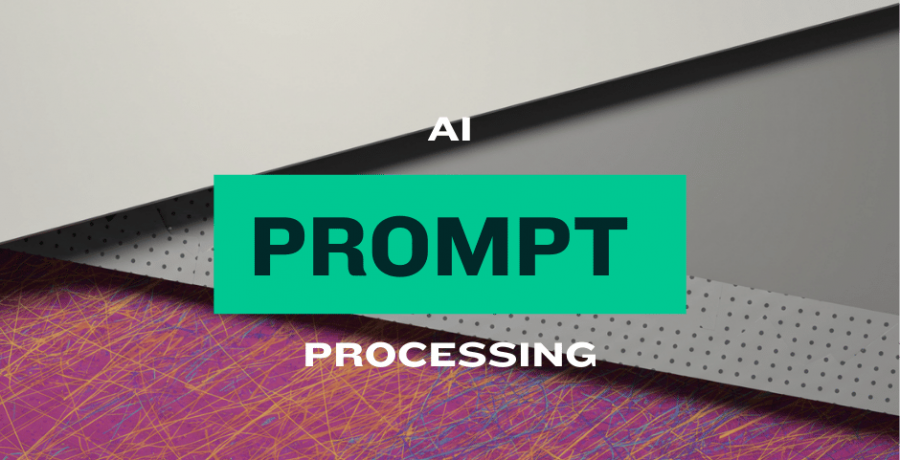
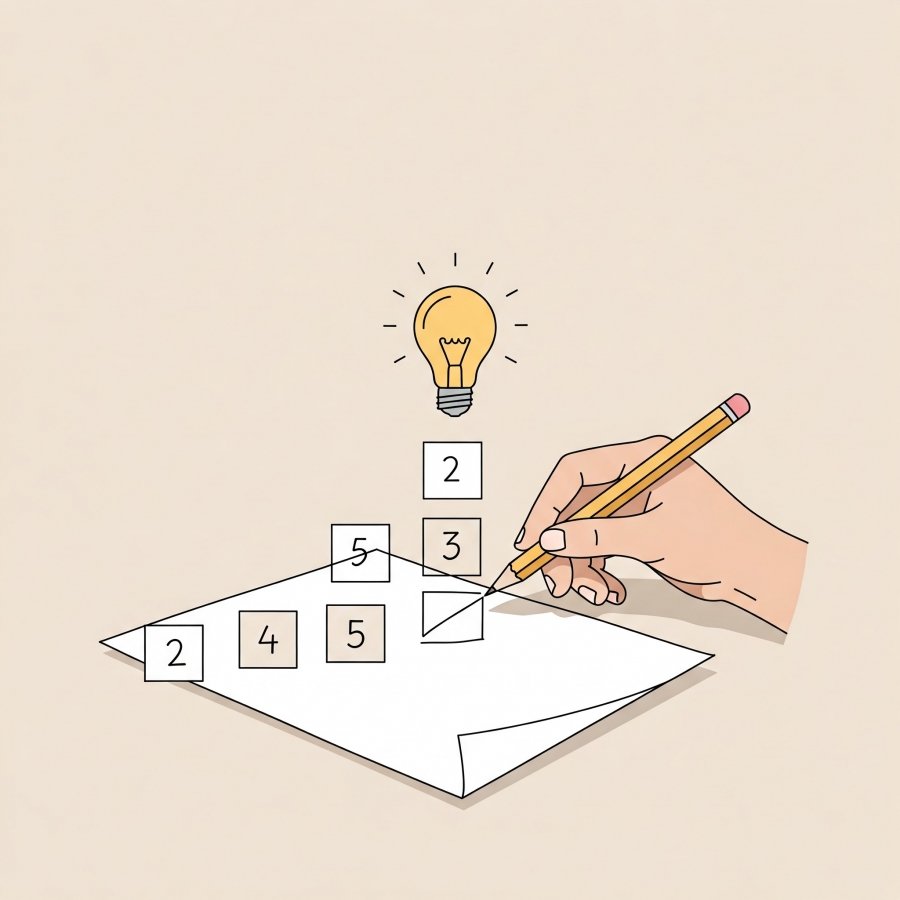
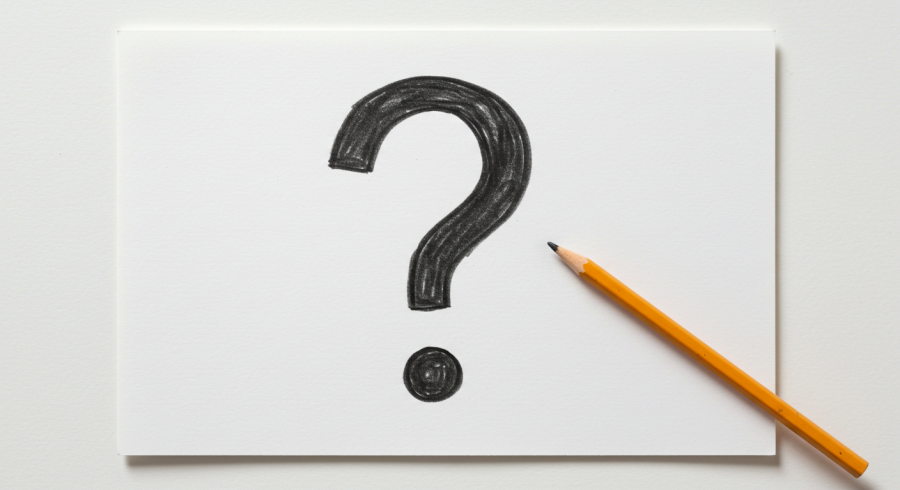

Comments (0)